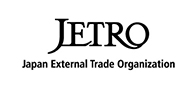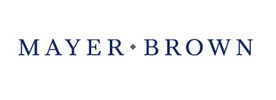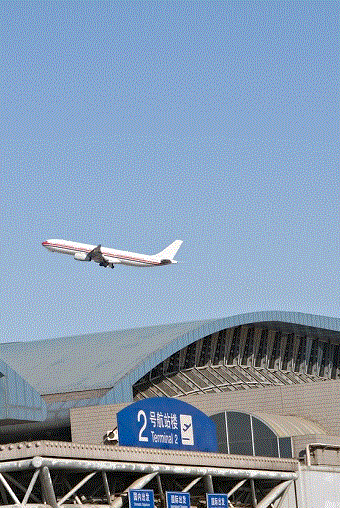Key findings:
Plunkett Research analyzes the top trends changing the industry, and provides in-depth industry statistics. In addition, this publication profiles the top 350 companies in Restaurant, Hotel & Hospitality Industry.
Available Formats:
- Printed Almanac: ISBN 978-1-62831-617-9 (Available Now)
- E-book: ISBN 978-1-62831-947-7 (Available Now)
- Plunkett Research Online (Subscribers)
Key Features Include:
- Industry trends analysis, market data and competitive intelligence
- Market forecasts and Industry Statistics
- Industry Associations and Professional Societies List
- In-Depth Profiles of hundreds of leading companies
- Industry Glossary
Pages: 492
Statistical Tables Provided: 6
Companies Profiled: 355
Geographic Focus: Global
Price: $379.99
Key Questions Answered Include:
- How is the industry evolving?
- How is the industry being shaped by new technologies?
- How is demand growing in emerging markets and mature economies?
- What is the size of the market now and in the future?
- What are the financial results of the leading companies?
- What are the names and titles of top executives?
- What are the top companies and what are their revenues?
This feature-rich book covers competitive intelligence, market research and business analysis—everything you need to know about the restaurant, hotel and hospitality business including:
Introduction to the Restaurant, Hotel & Hospitality Industry
- Introduction to the Restaurant, Hotel & Hospitality Industry
- The Coronavirus’ Effect on the Global Restaurant, Hotel & Hospitality Industry
- McDonald’s and Other Fast Food Companies Reposition to Adapt to New Consumer Tastes and Robotics
- Wages for Restaurant, Hotel and Hospitality Workers
- Fast Food Faces Stiff Competition from Casual Dining Restaurants (Fast Casual/Fast Fine)
- Food Trucks Enjoy a Boom
- Craft/Microbreweries Proliferate
- Grubhub, DoorDash and Others Deliver Restaurant Meals and Household Items to
Customers’ Homes
- Obesity Sparks Government, School and Corporate Initiatives/Snack Foods Get Healthier/Taxes on Unhealthy Foods
- Retail Technologies Advance for Restaurant Online Ordering, along with Robotics and Automation
- Cruise Industry Rebuilds After the Coronavirus
- Small Cruise Ships Feature Adventure, Luxury, Intimacy or Access to More Places
- River Cruise Lines Launched with Low Capital Investment and High Fares
- Chinese Tourism Will Create Growth Opportunities for the Cruise and Hotel Industries
- Ecotourism, Sustainable Tourism, Adventure Tourism and Volunteerism Grow as
Certification Standards Emerge
- Luxury Hotel Chains Expanded Globally
- What Millennials and Mobile-Savvy Consumers Want as Tourists and Travelers
- Hotels Target Young Customers with Strategies Ranging from Micro Rooms and Hostels, to Hip Hotels that Encourage Mingling to Fitness Options
- Hotels Adopt Smartphones and In-Room Tablets to Deliver Services, Speed Check-In and Replace Room Keys
- Sharing Economy Gains Market Share in Travel with Online Sites Like Airbnb, Vrbo and
Many Global Competitors
- Online Travel Agencies (OTAs)/Hotels Fight to Keep Control of the Customer
- Hotel Mergers Enable Chains to Claim Market Share, Add Unique Properties
- Localization will Drive Hotel Features, Marketing
- Dog-Friendly Hotels Gain Market Share
- The Future of the Restaurant, Hotel & Hospitality Industry
Restaurant, Hotel & Hospitality Industry Statistics
- Restaurant, Hotel & Hospitality Industry Statistics and Market Size Overview
- Estimated U.S. Food Services and Drinking Places Sector Revenues by NAICS Code: 2014-2021
- Estimated U.S. Accommodation Sector Quarterly Revenues: 2019-4th Quarter 2021
- Consumer Food Price Indexes, Food Away from Home & Food at Home, U.S.: 1997-2020
- Restaurant and Hospitality Industry Employment by Business Type, U.S.: 2017-2022
- Food Preparation and Serving Related Employment and Wage Estimates by Occupation, U.S.: May 2020
Companies Mentioned Include:
- UniPro Foodservice Inc
- SYSCO Corporation
- StoneX Group Inc
- Reyes Holdings LLC
- Performance Food Group Company
- Inspire Brands Inc
- Starbucks Corporation
- Burger King Worldwide Inc
- Southern Glazers Wine & Spirits LLC
- Sodexo Group


















